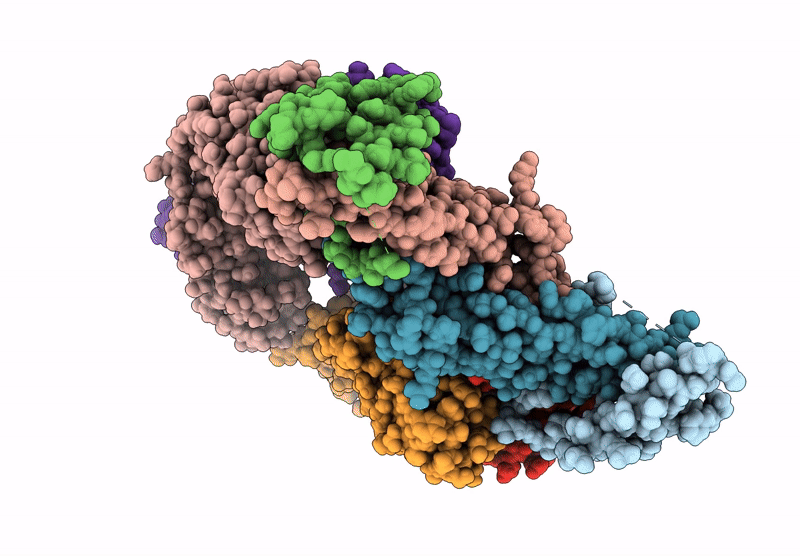
Deposition Date
2024-04-04
Release Date
2025-01-29
Last Version Date
2025-01-29
Entry Detail
PDB ID:
9BAO
Keywords:
Title:
The Anti-Mullerian Hormone prodomain in complex with the growth factor and 6E11 Fab in C2 symmetry
Biological Source:
Source Organism:
Homo sapiens (Taxon ID: 9606)
Mus musculus (Taxon ID: 10090)
Mus musculus (Taxon ID: 10090)
Host Organism:
Method Details:
Experimental Method:
Resolution:
3.20 Å
Aggregation State:
PARTICLE
Reconstruction Method:
SINGLE PARTICLE


